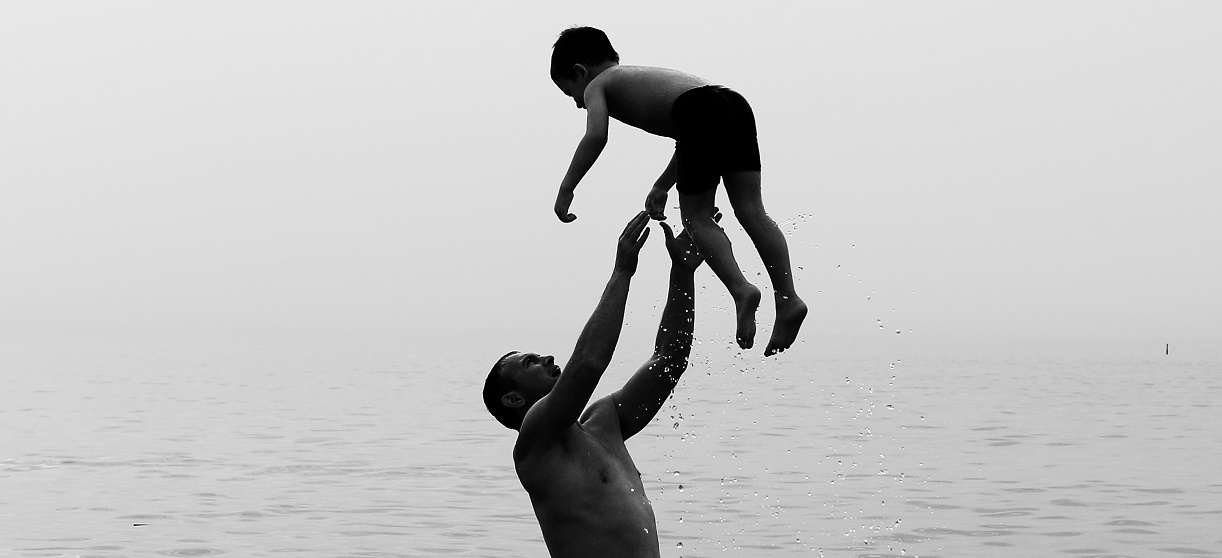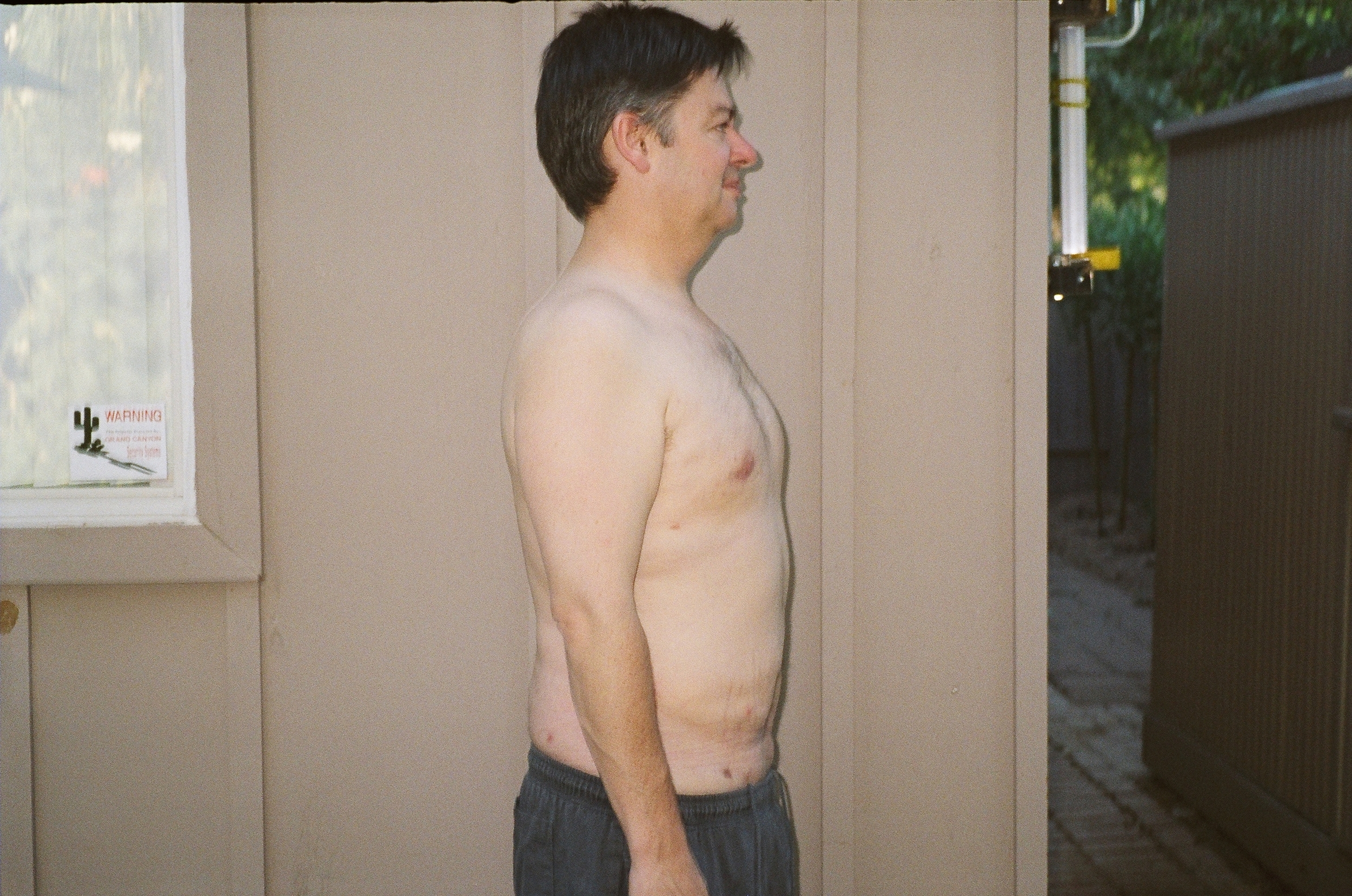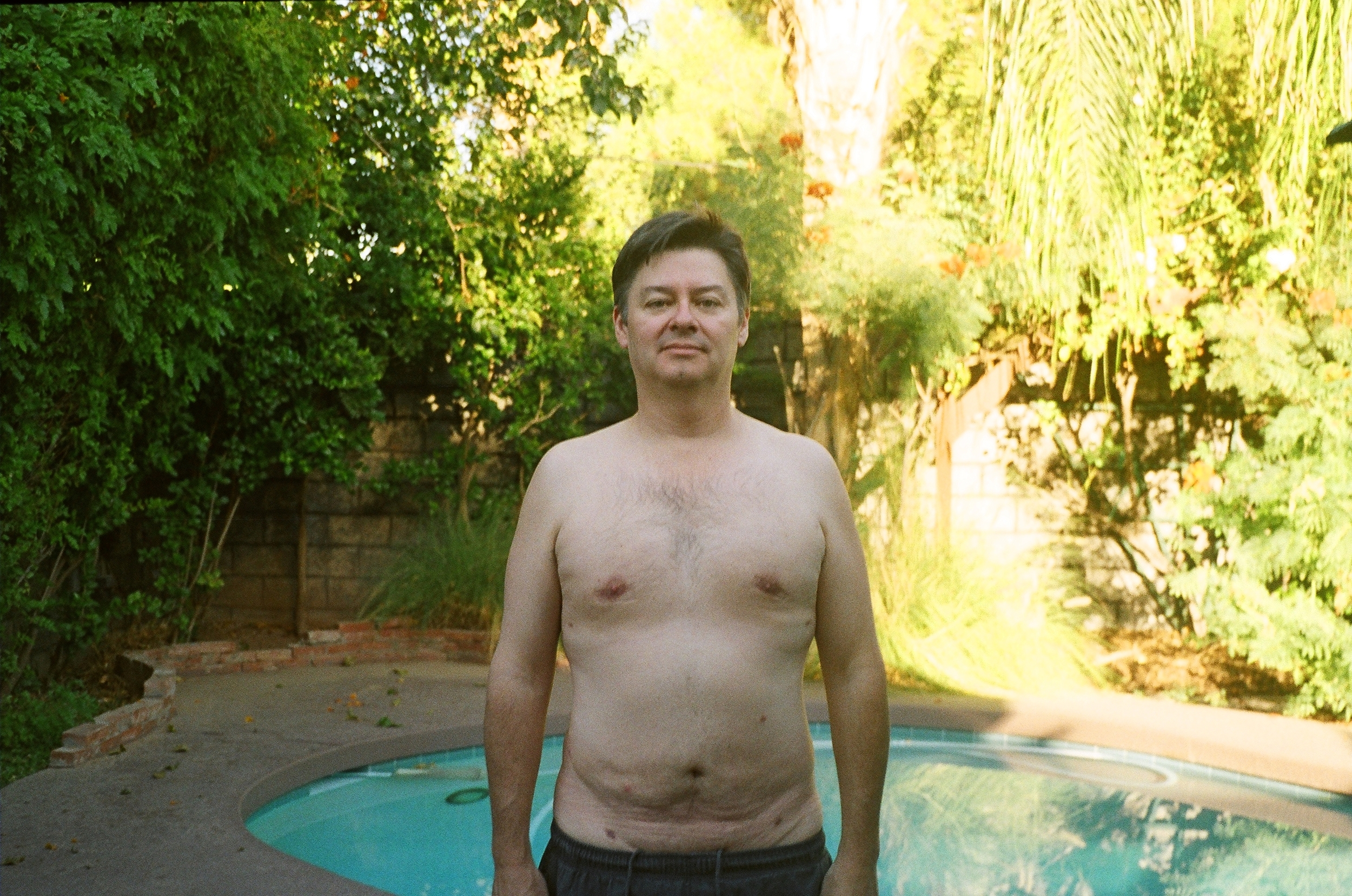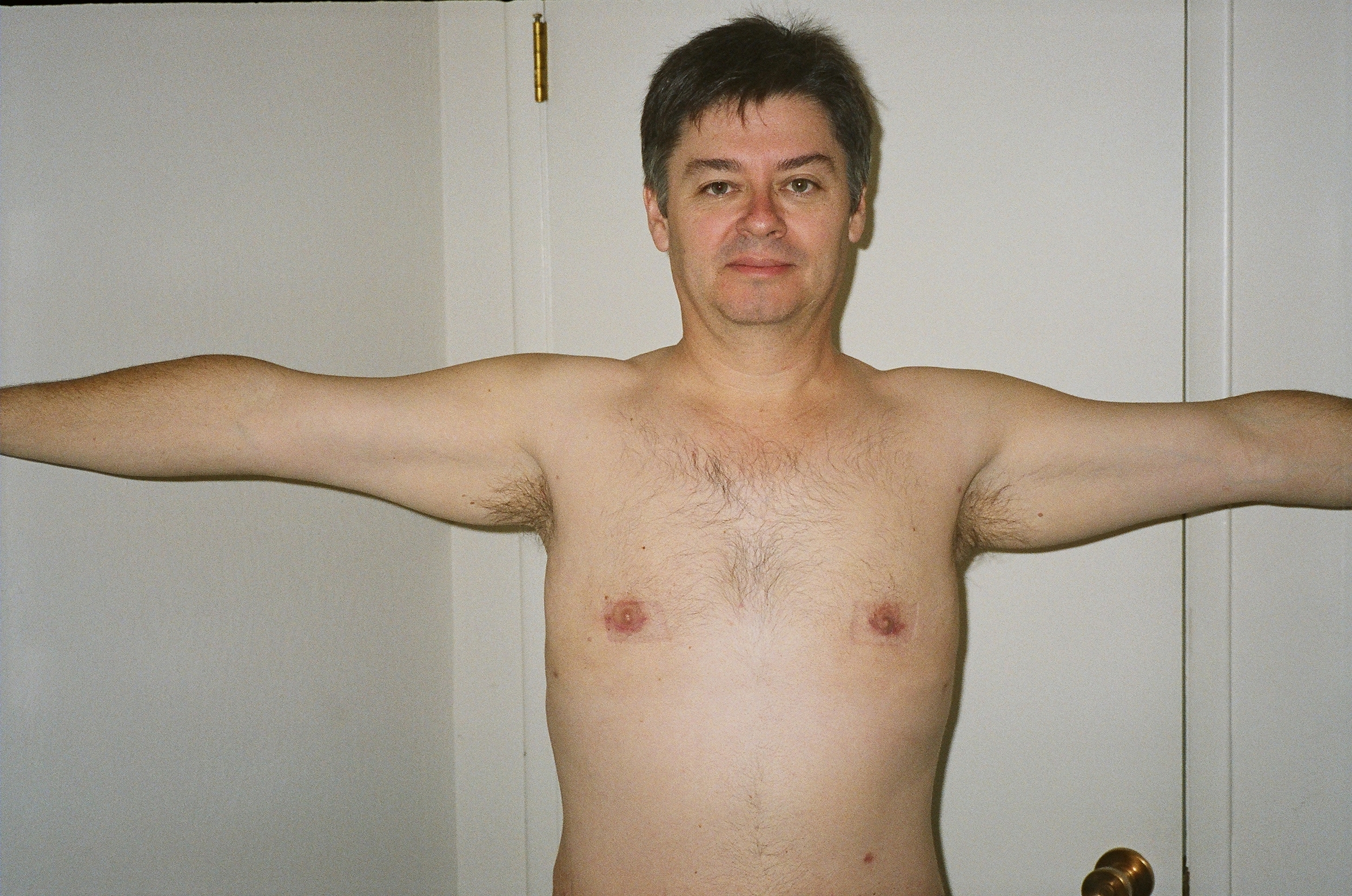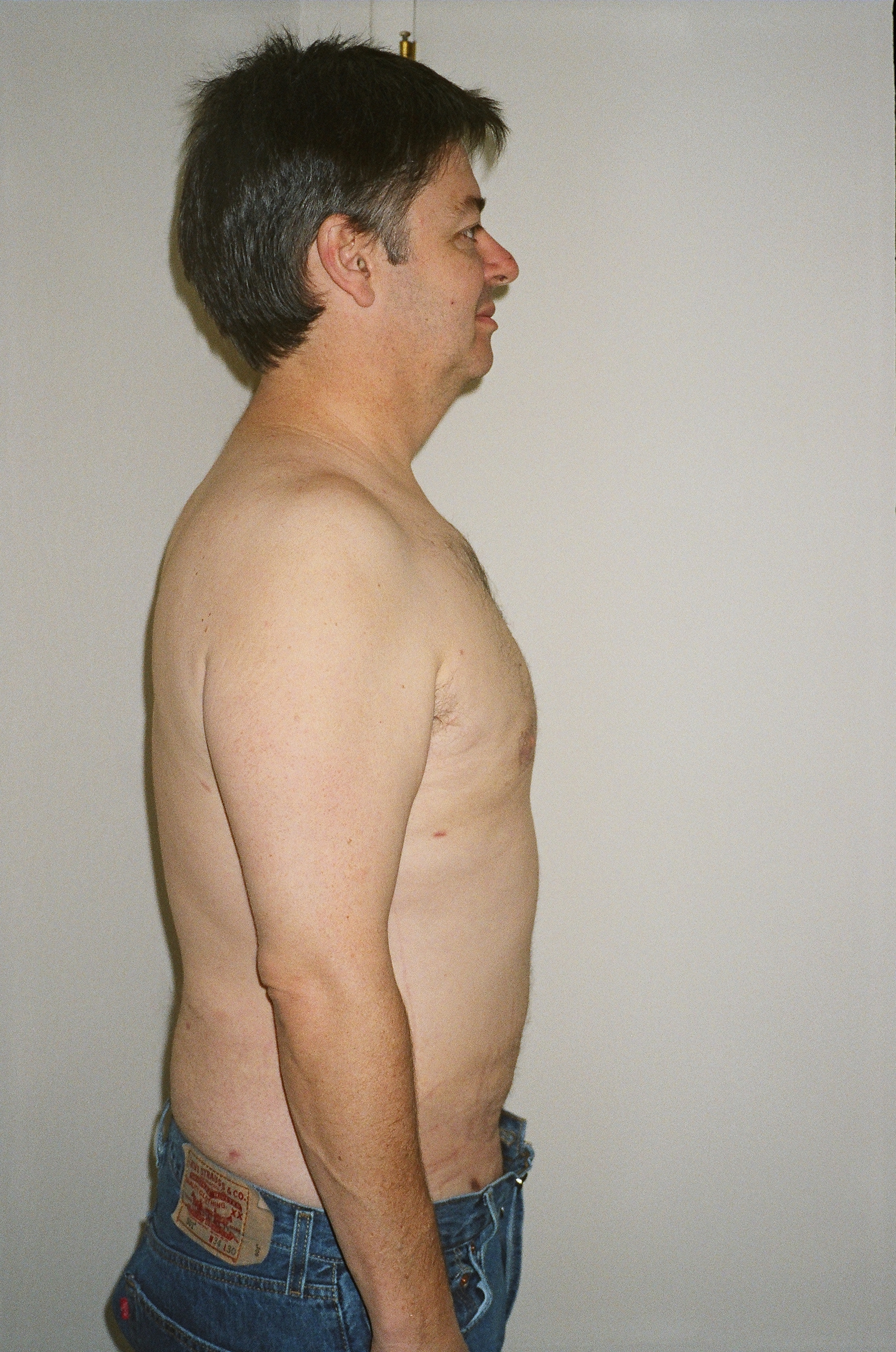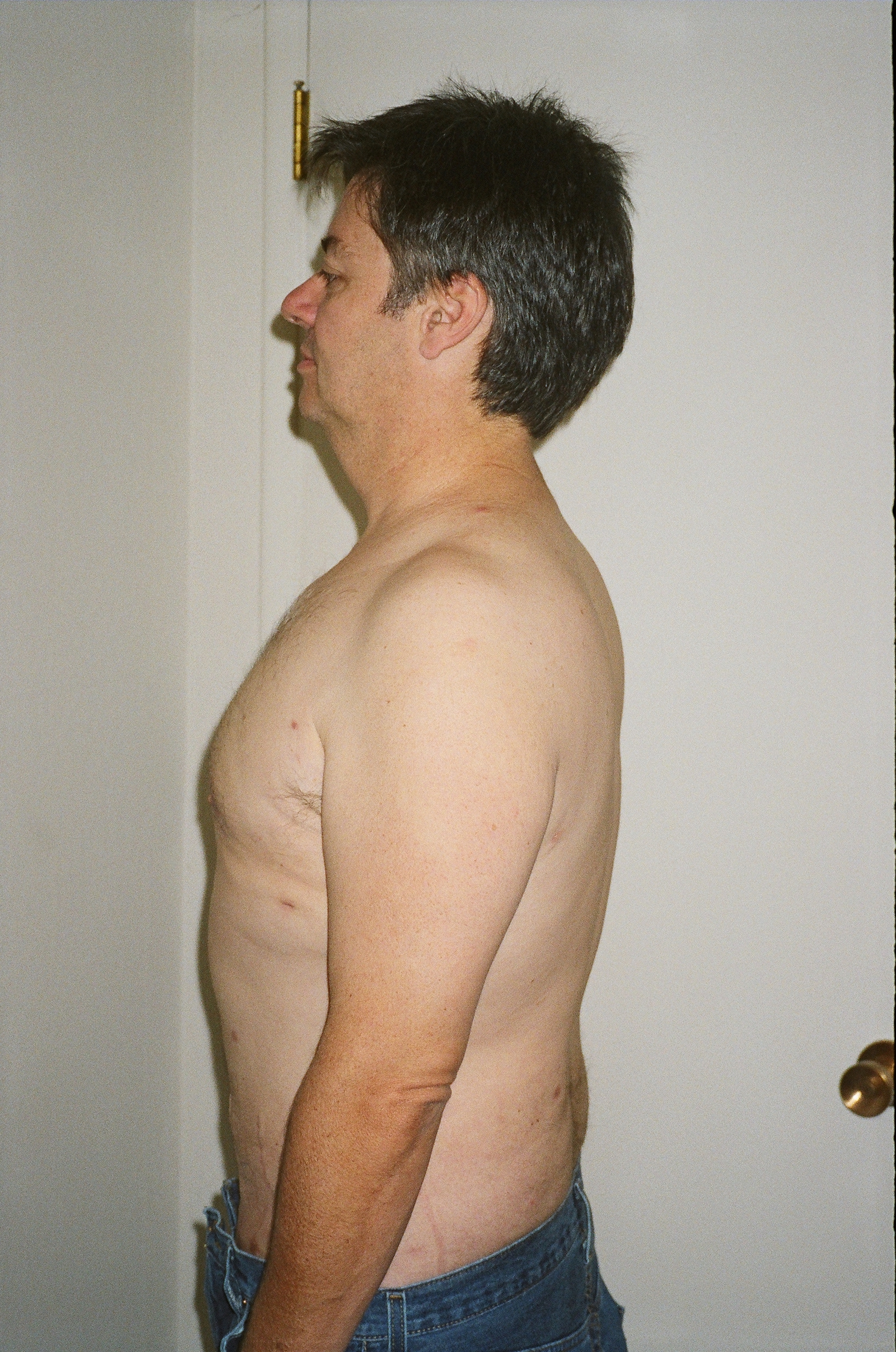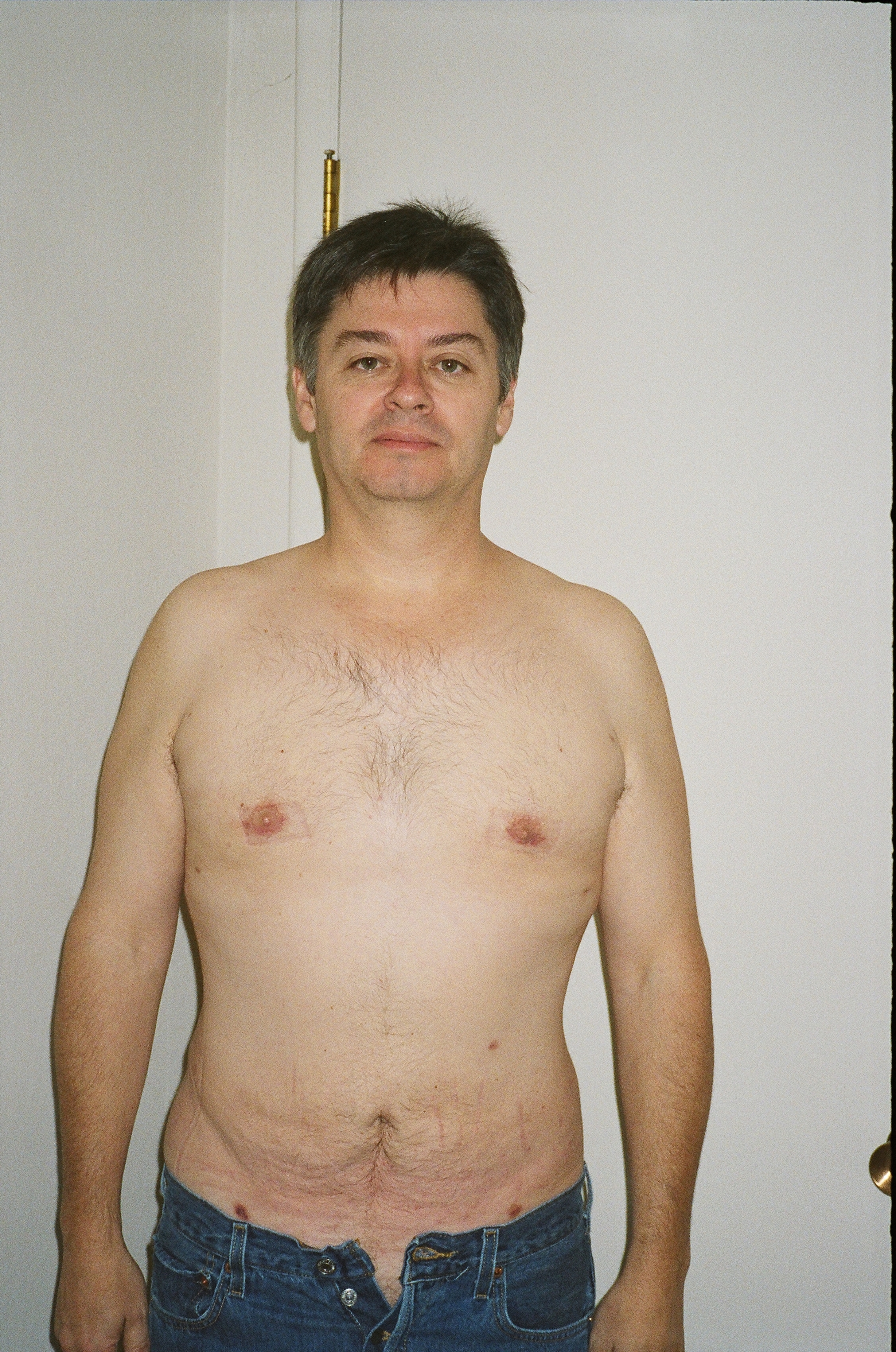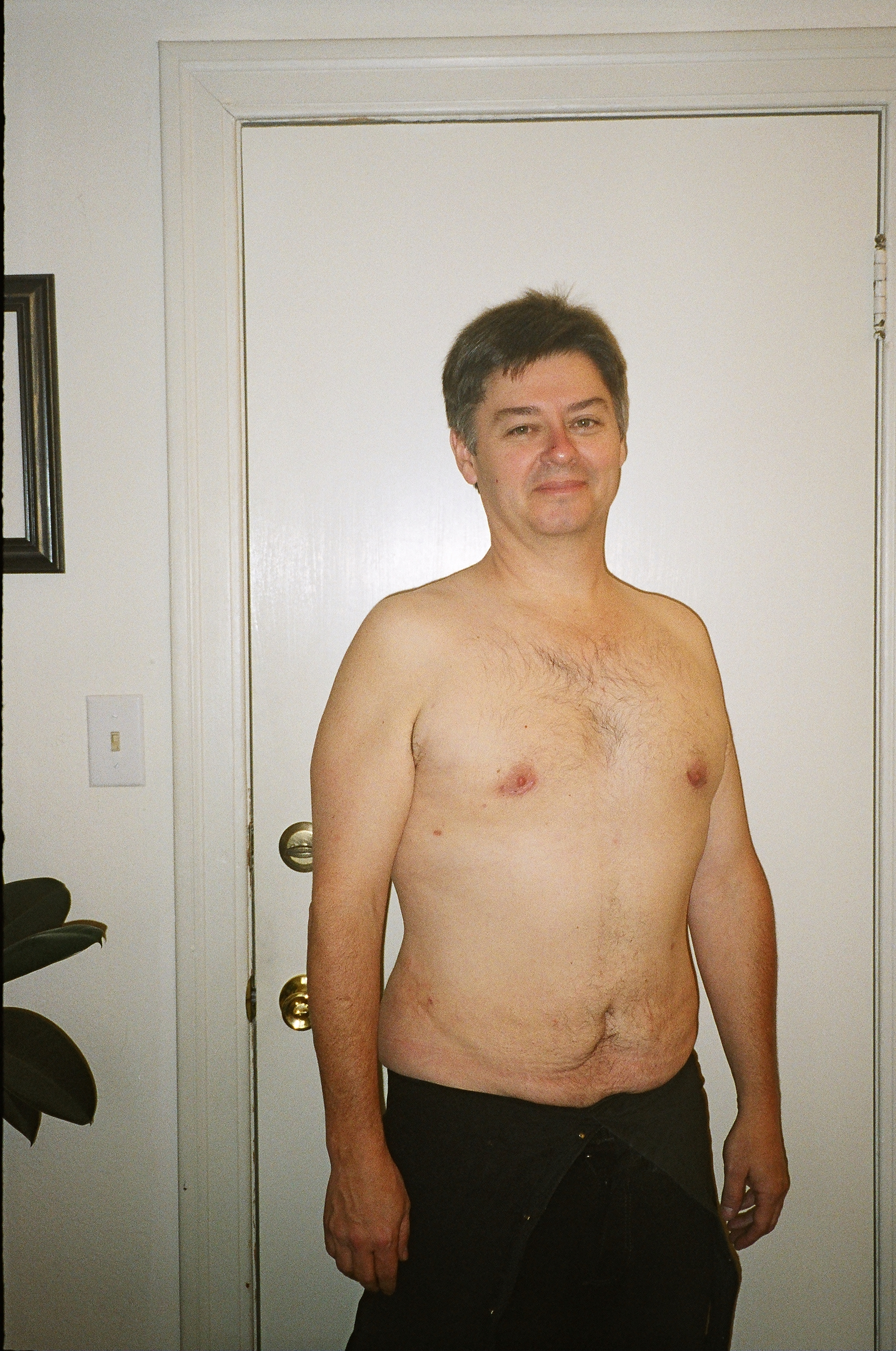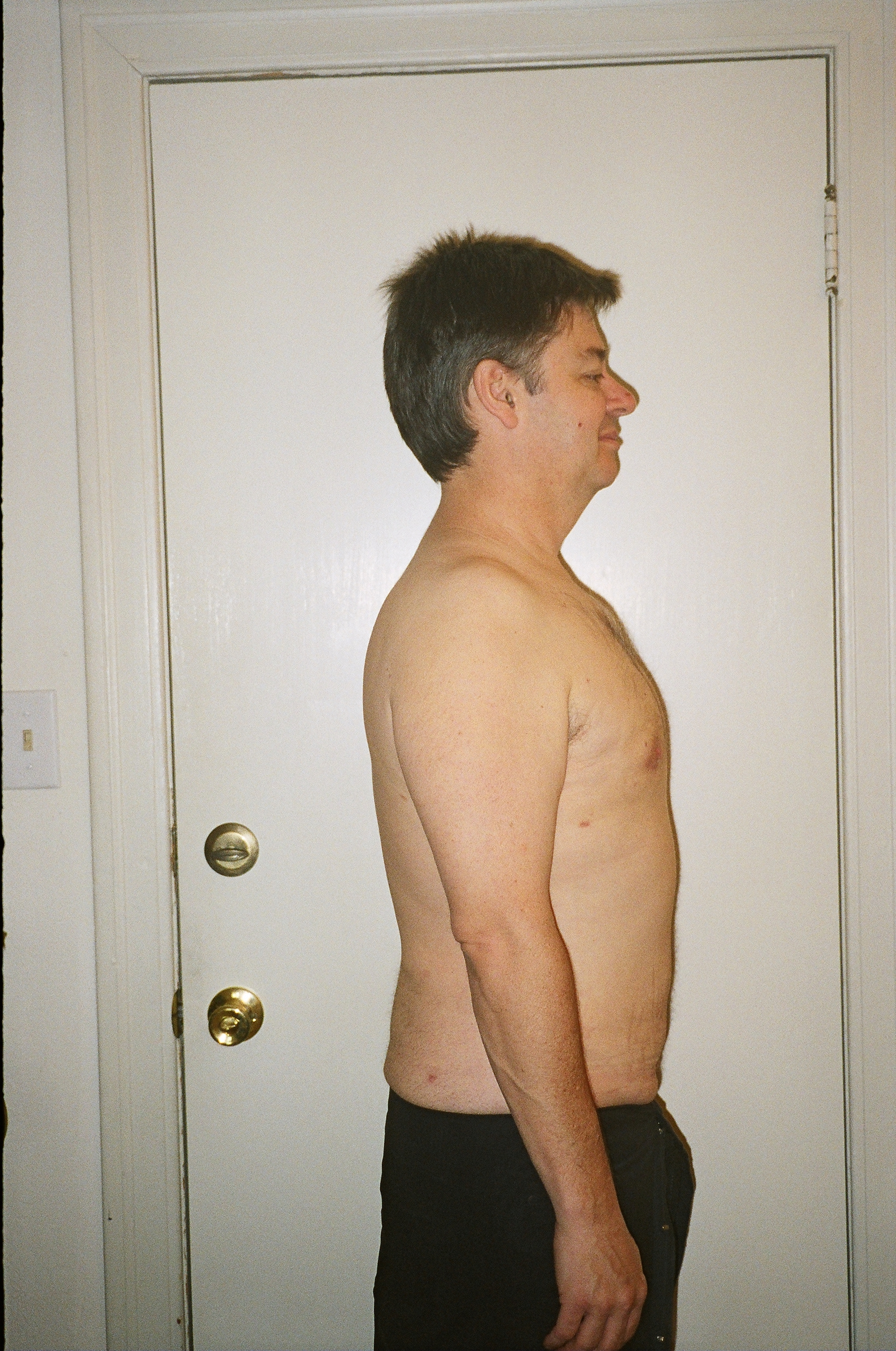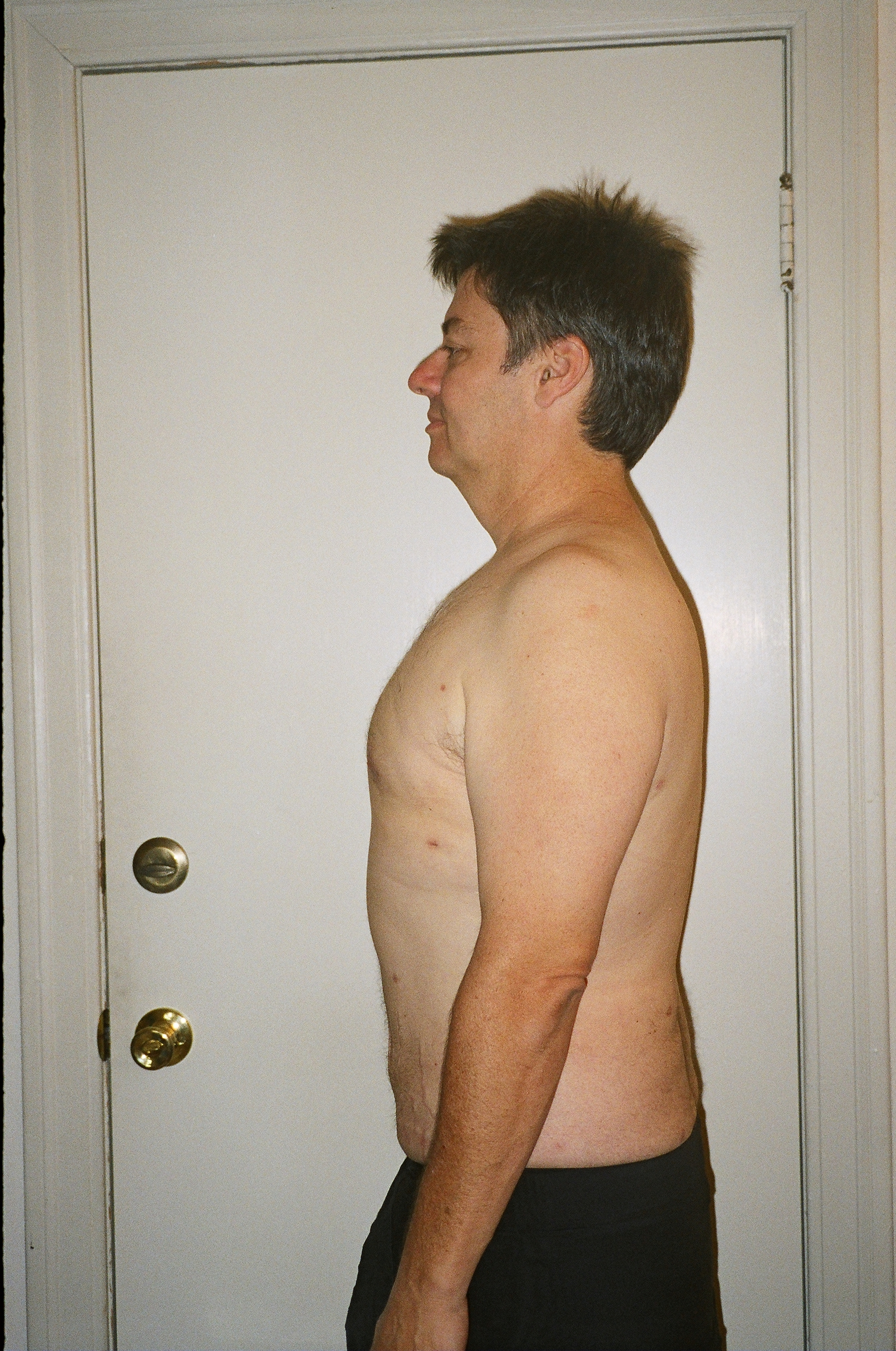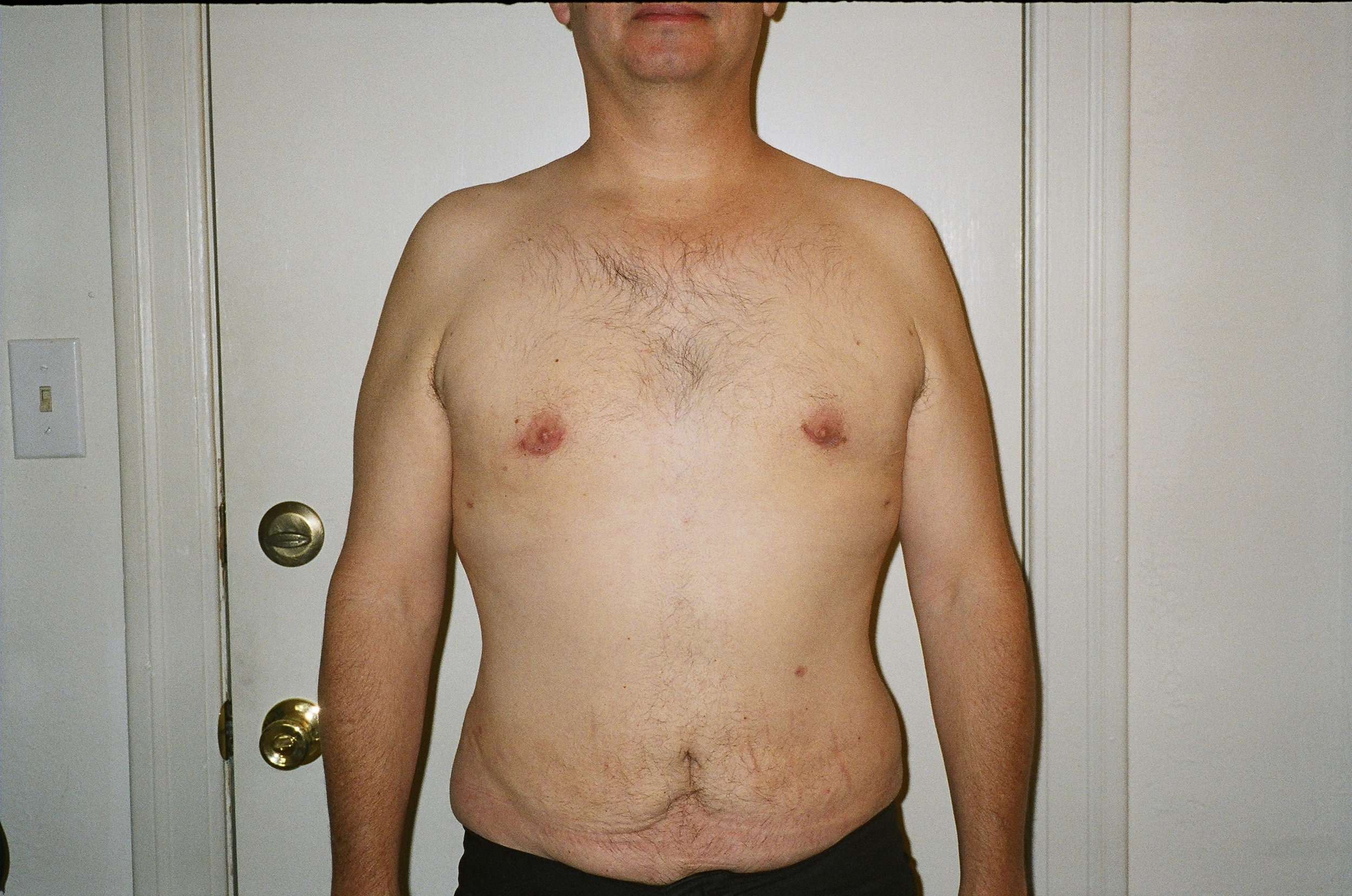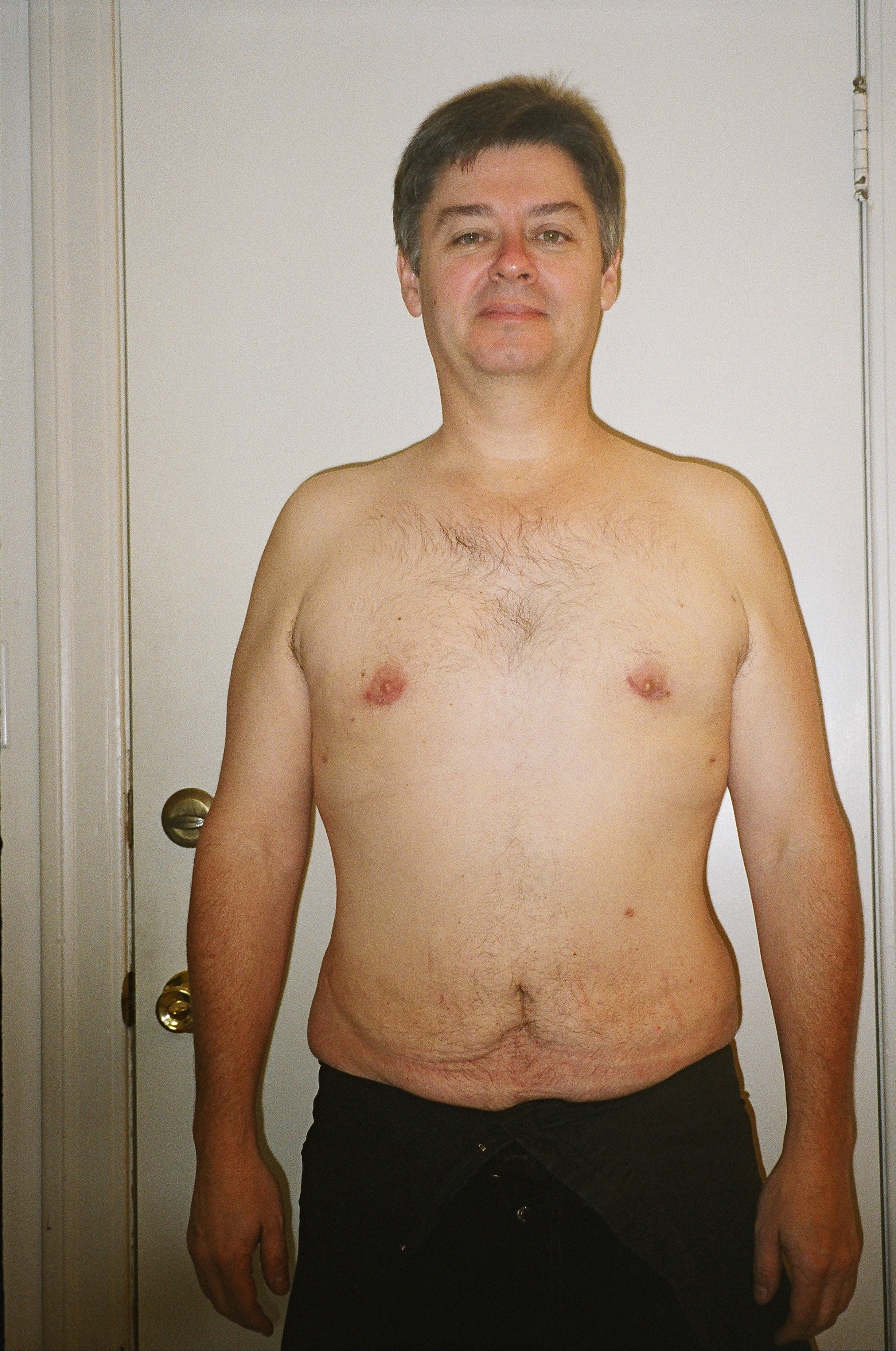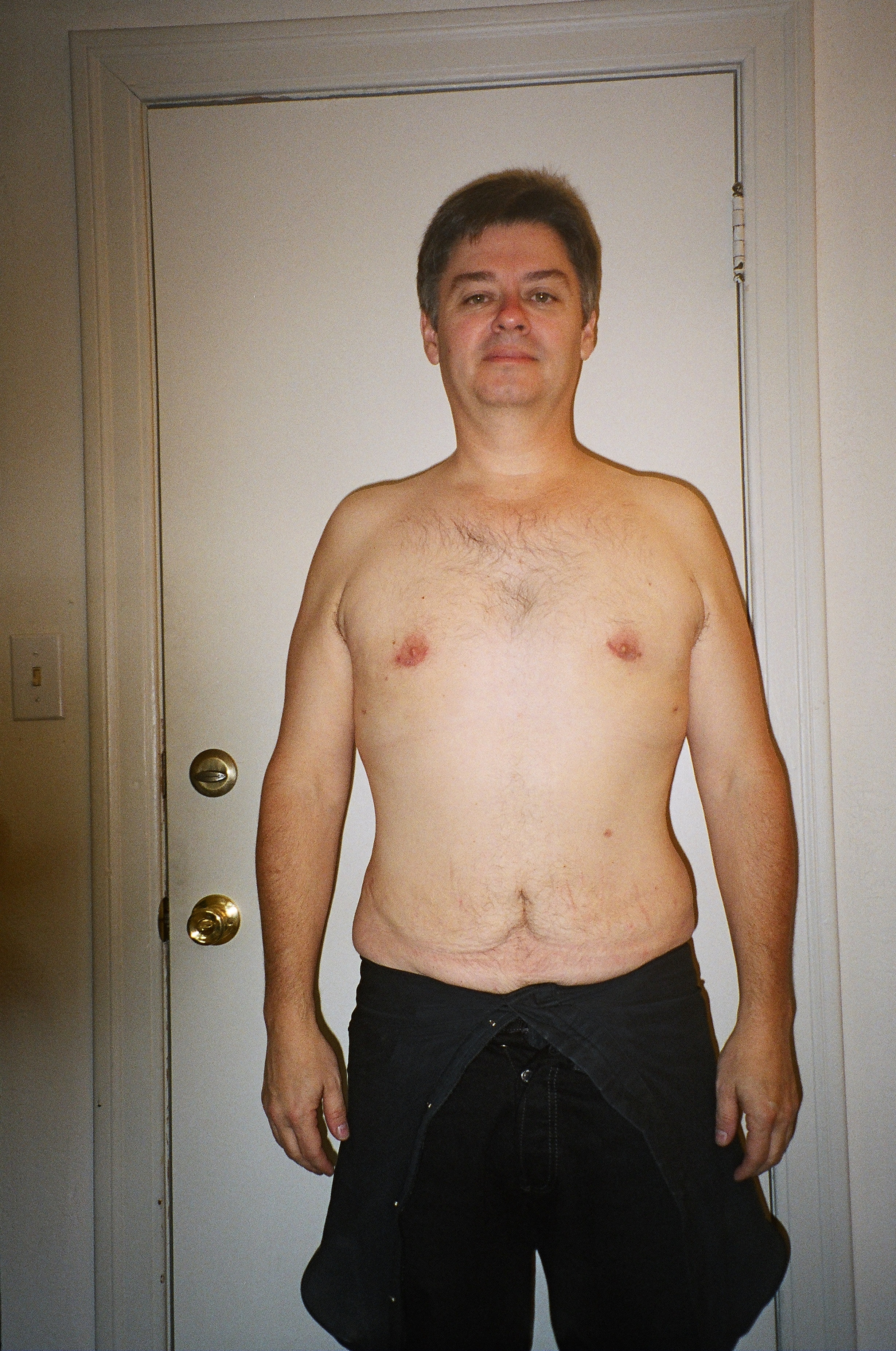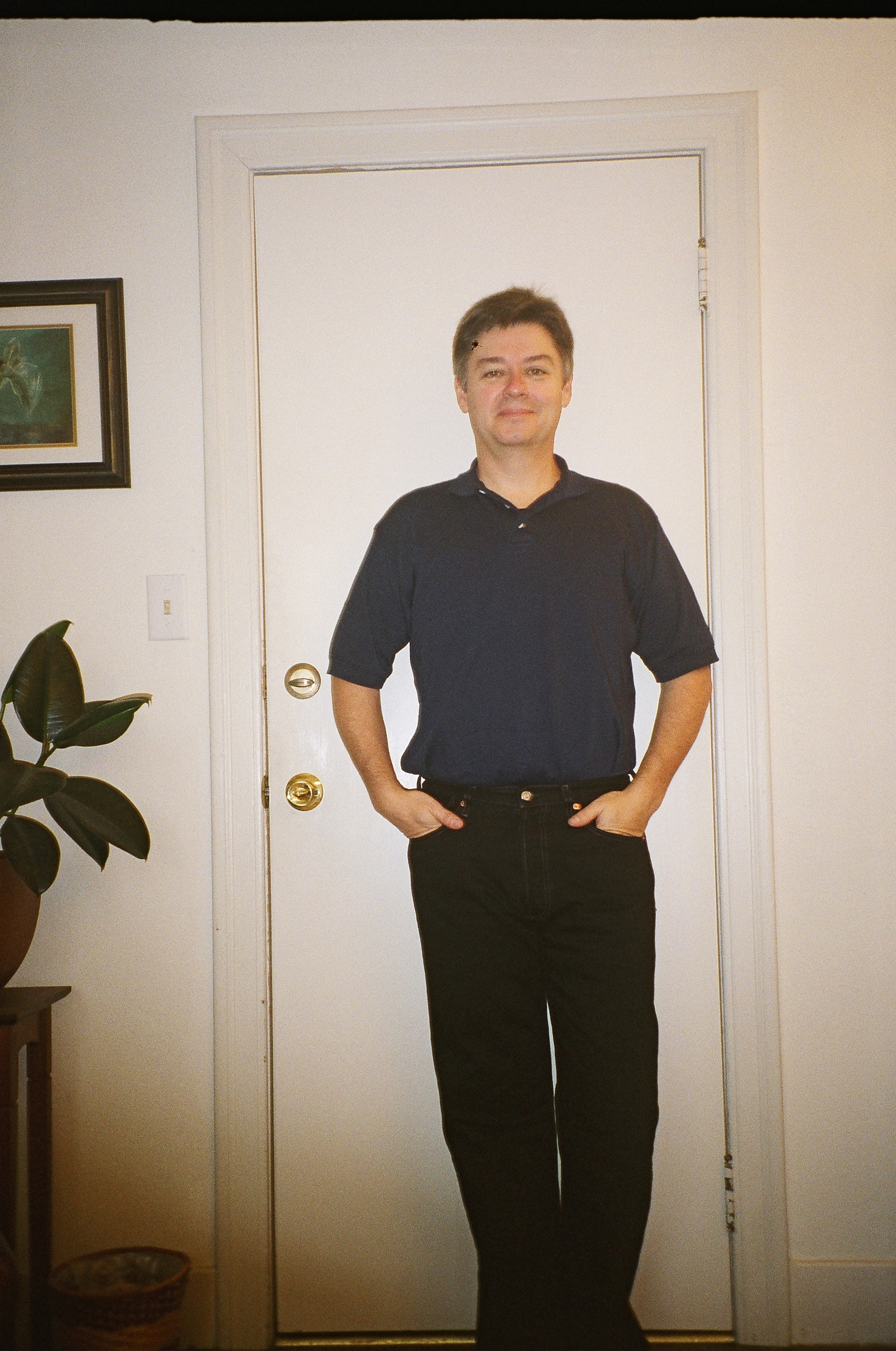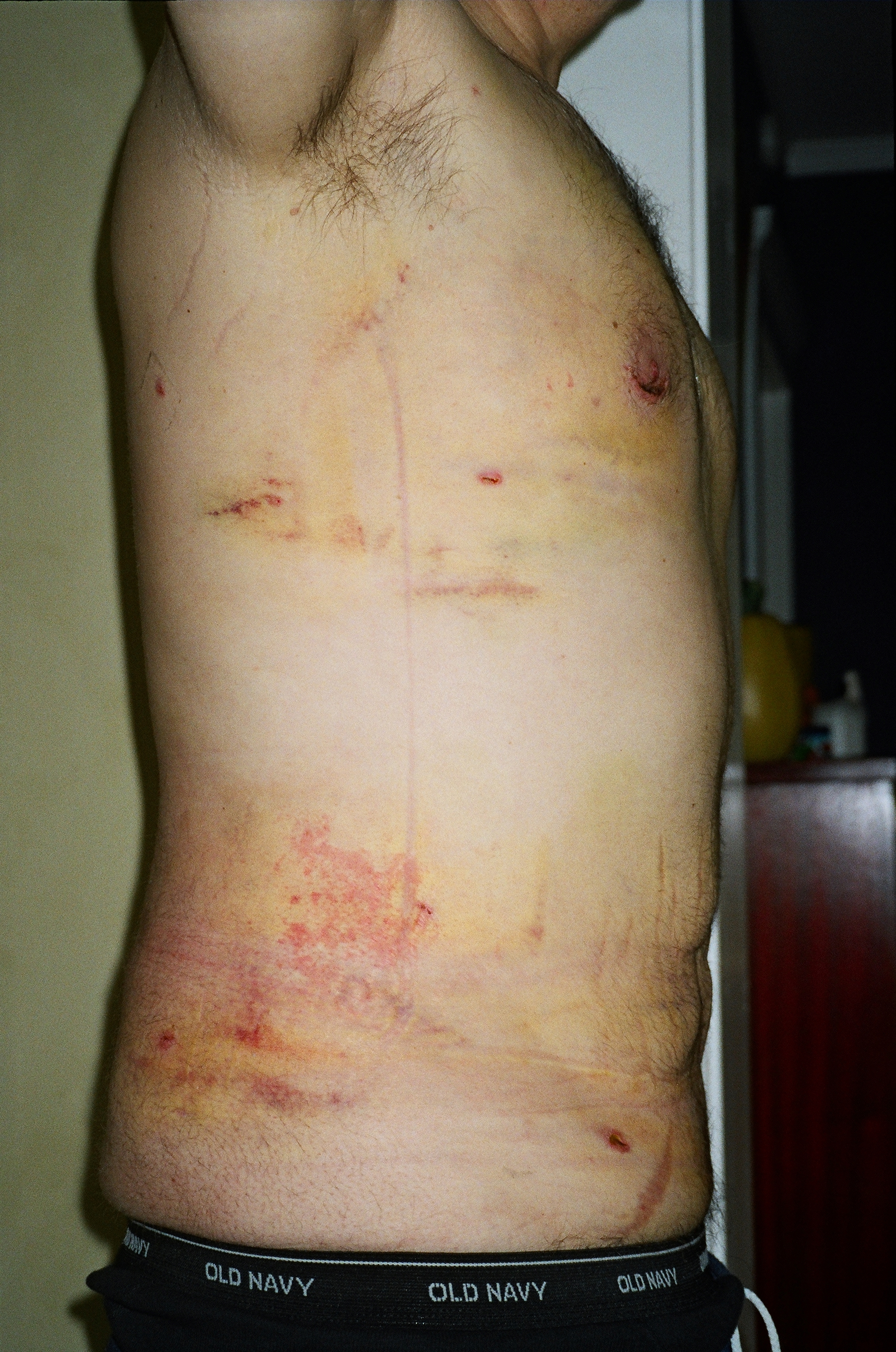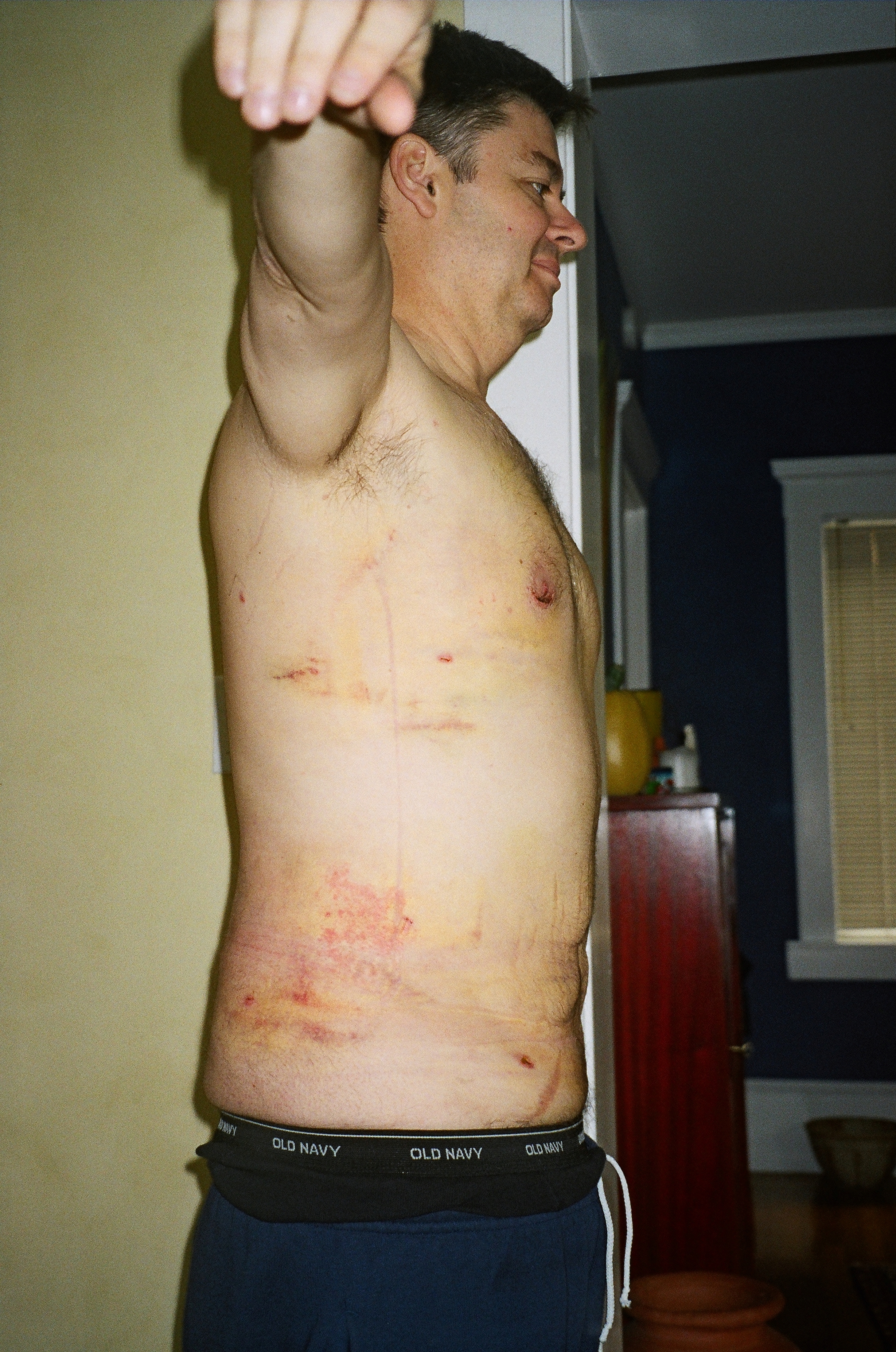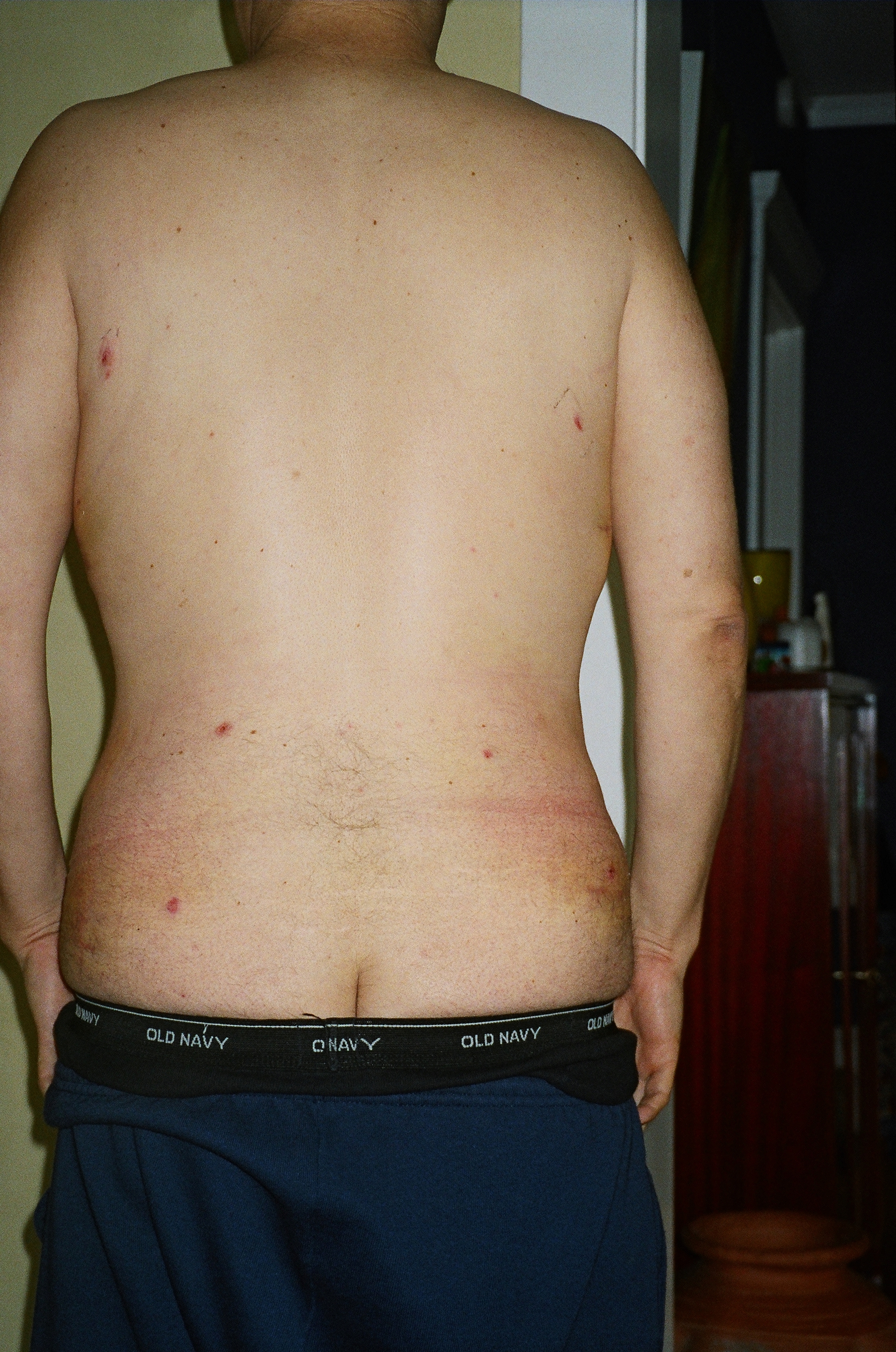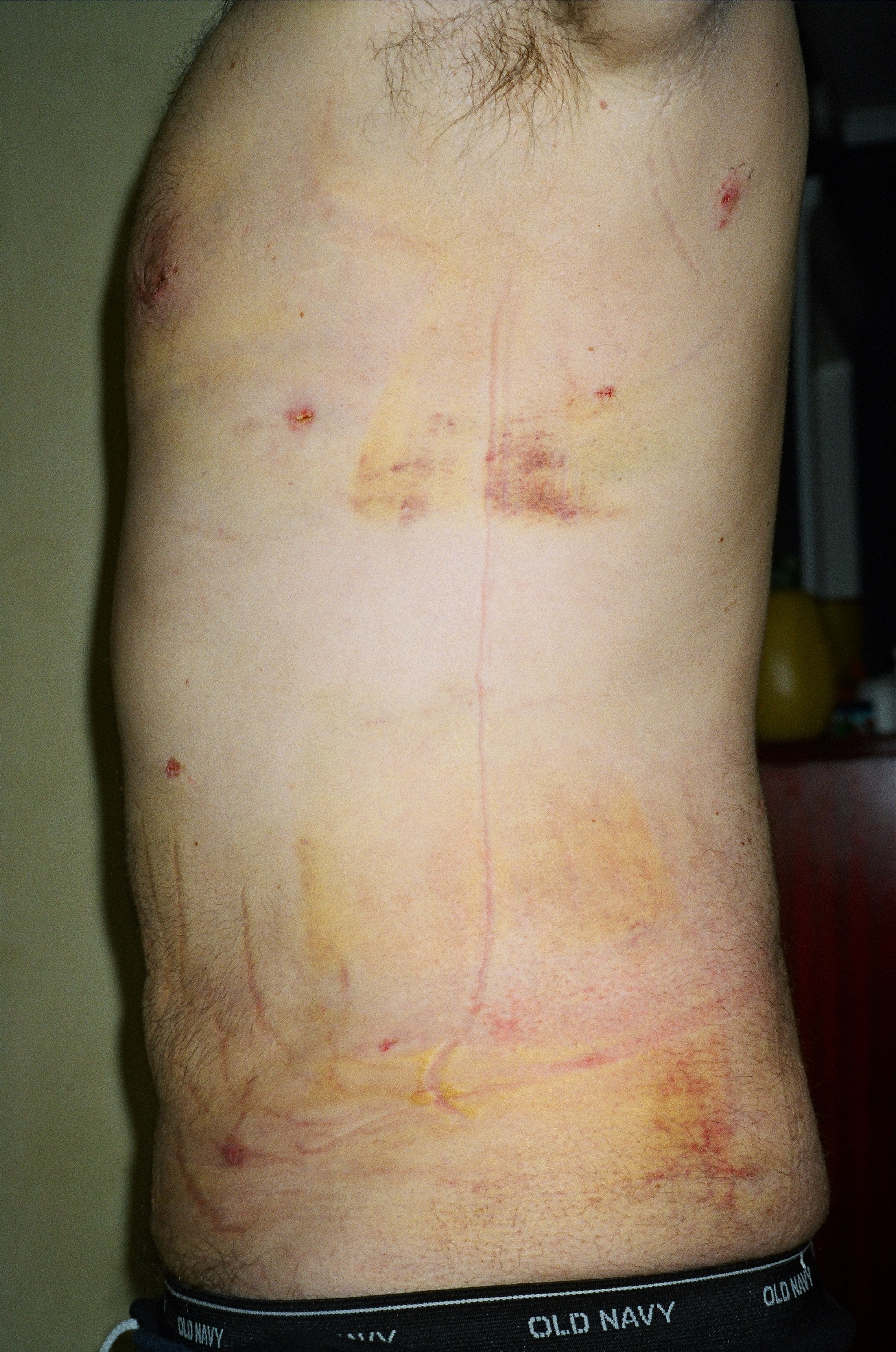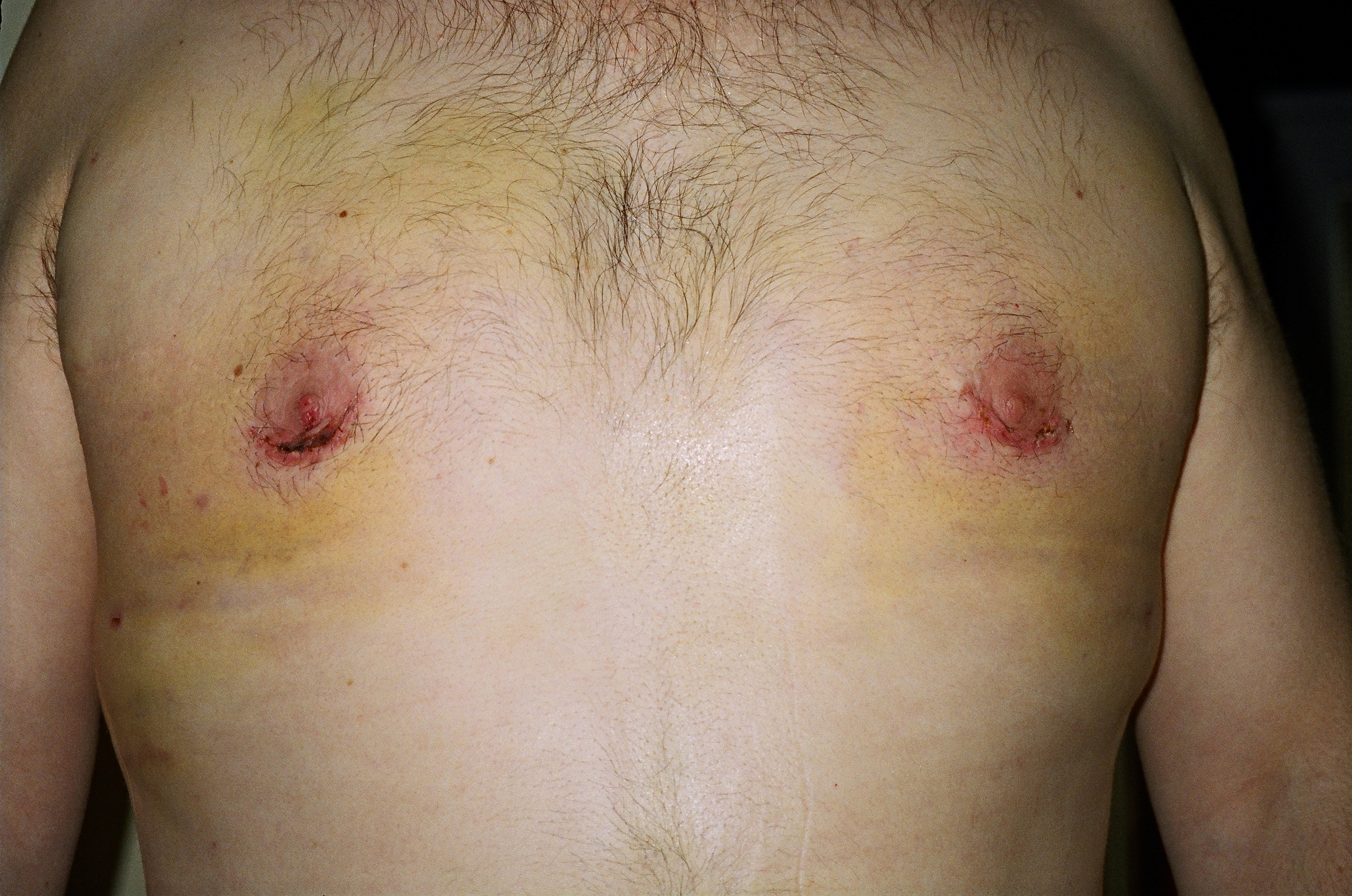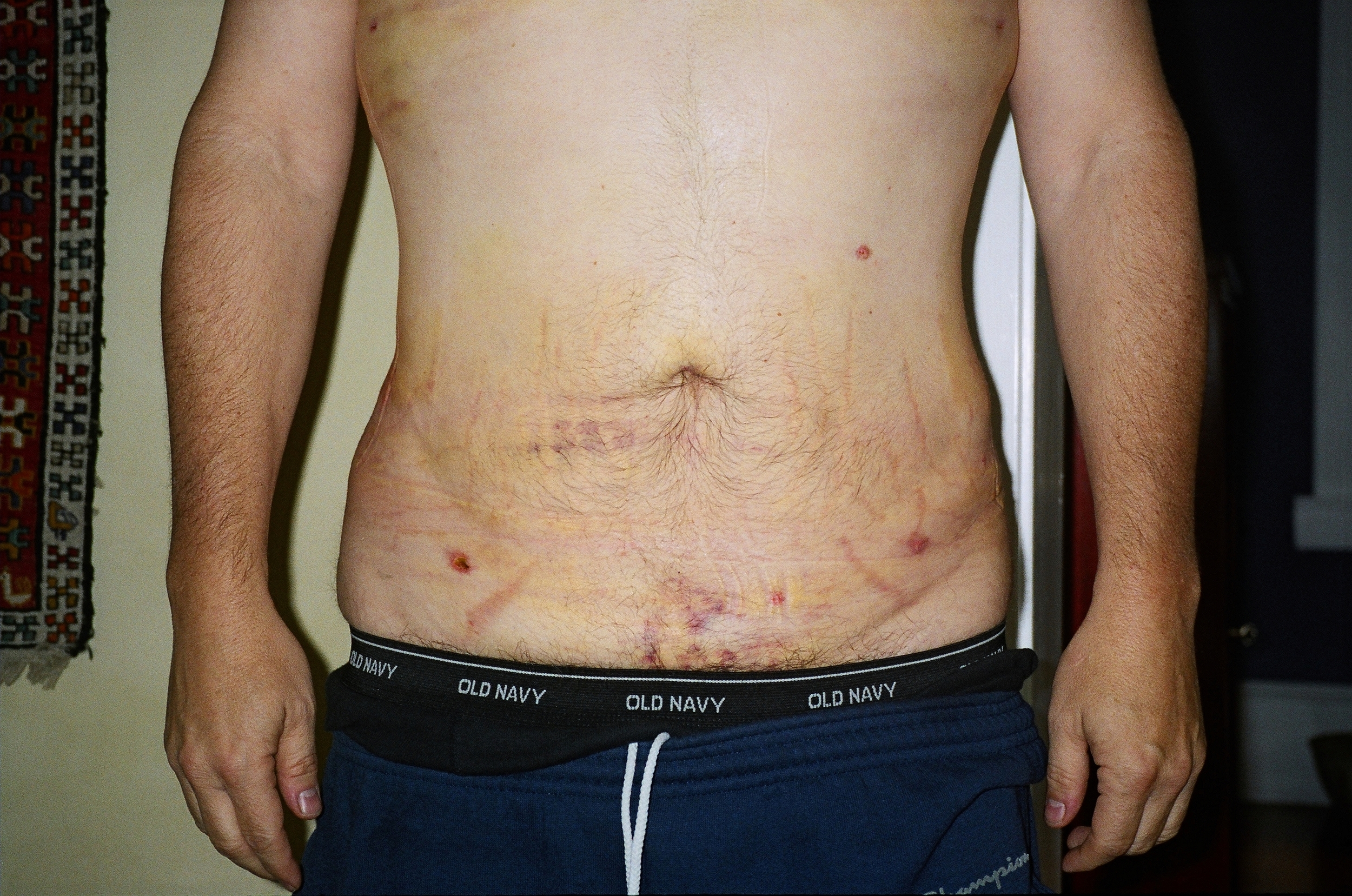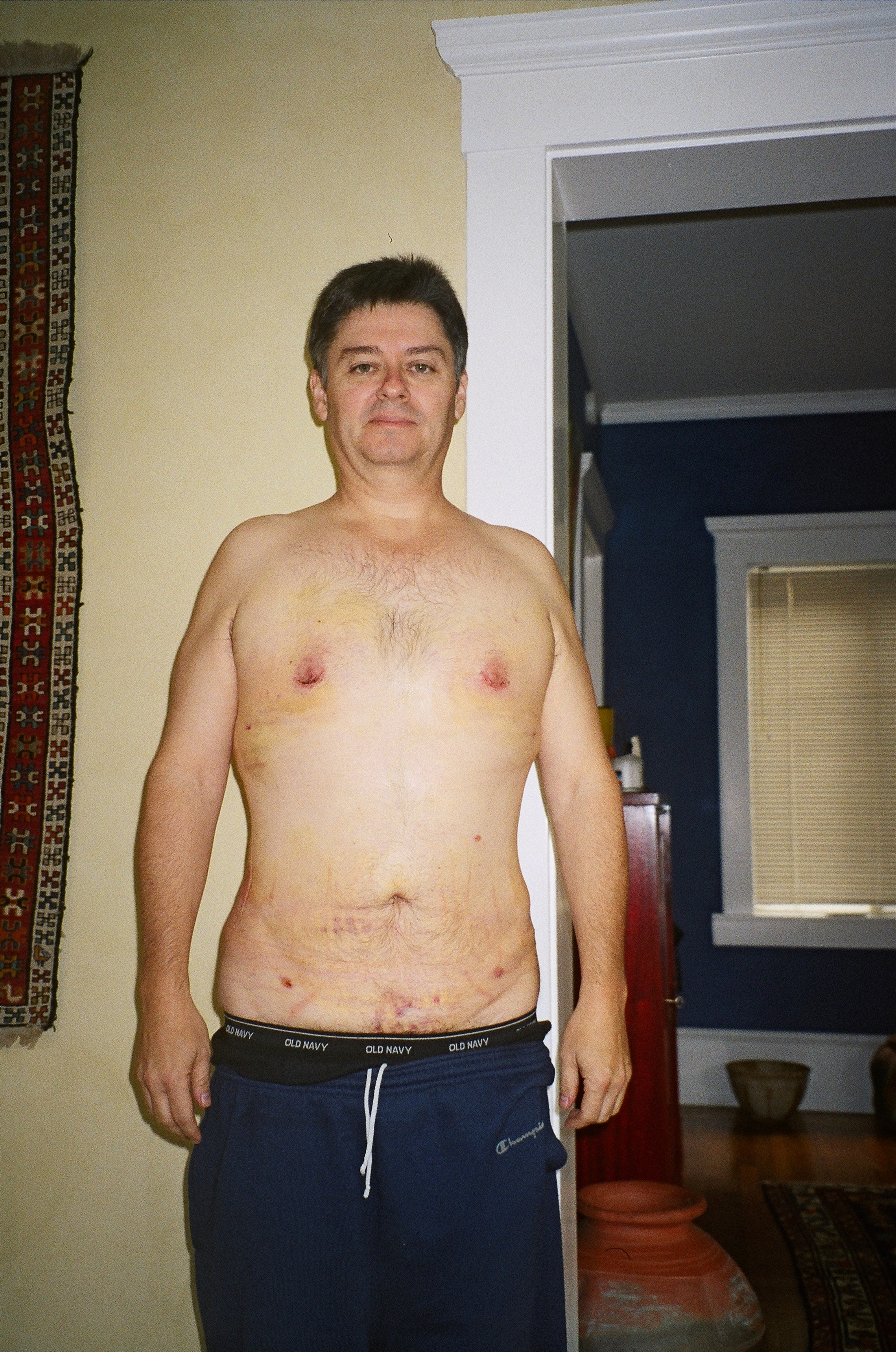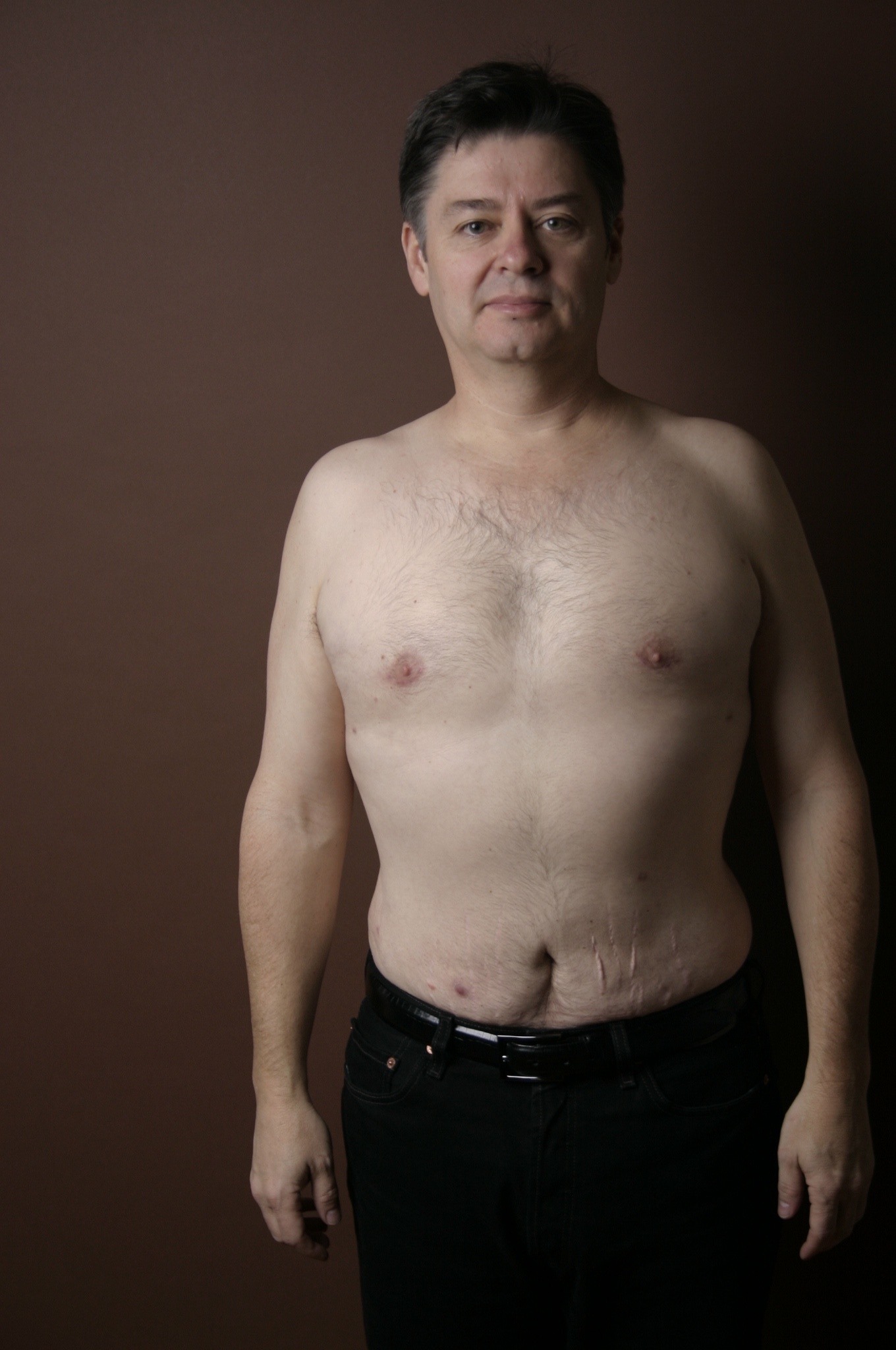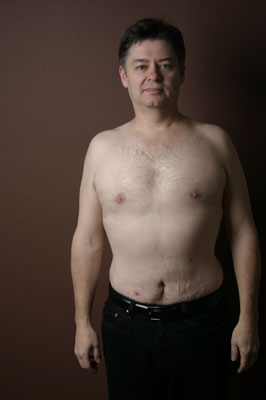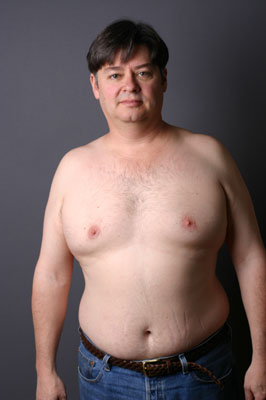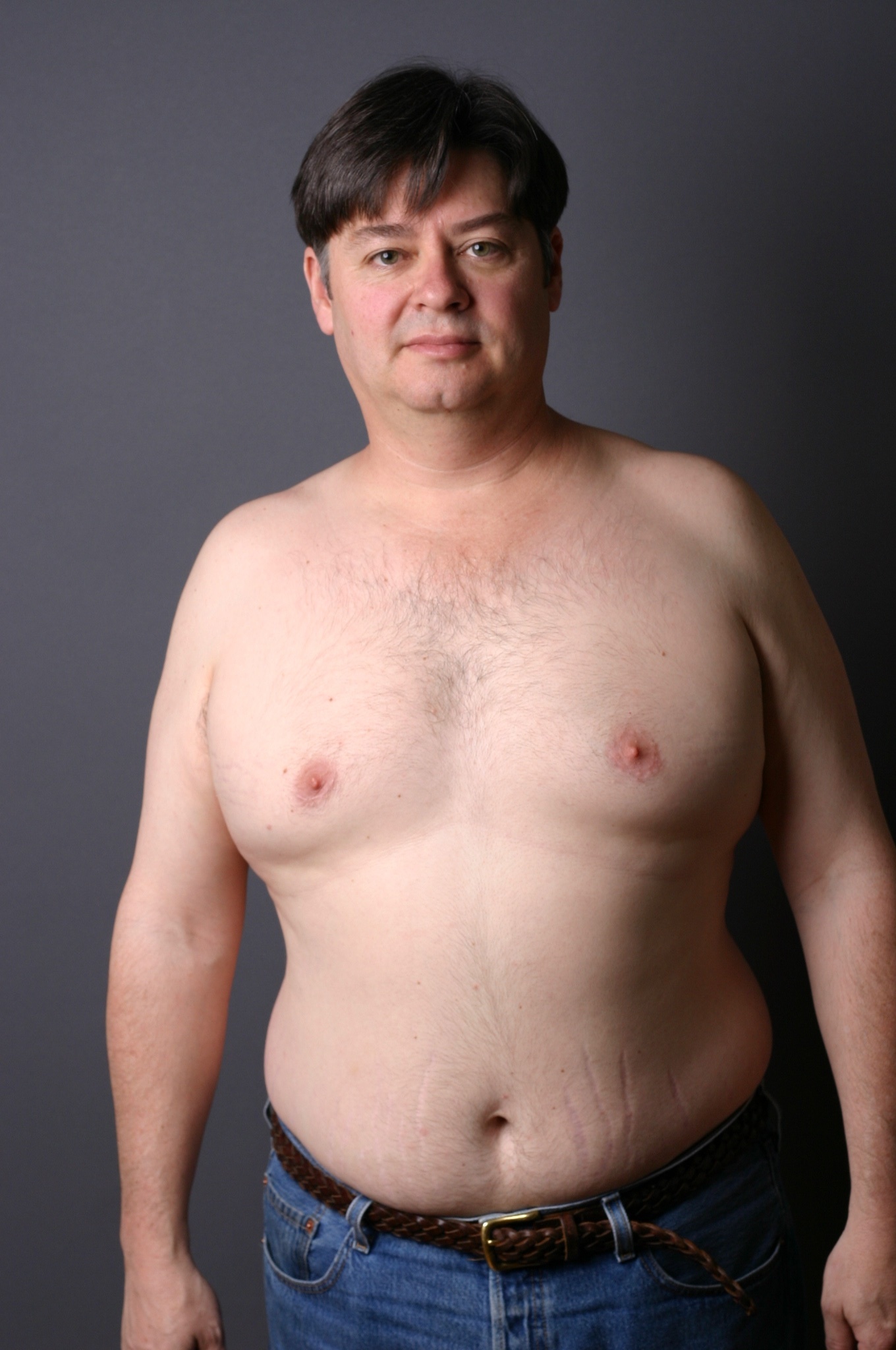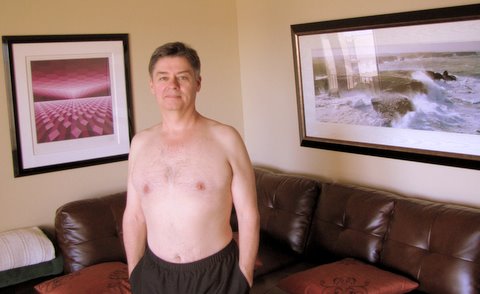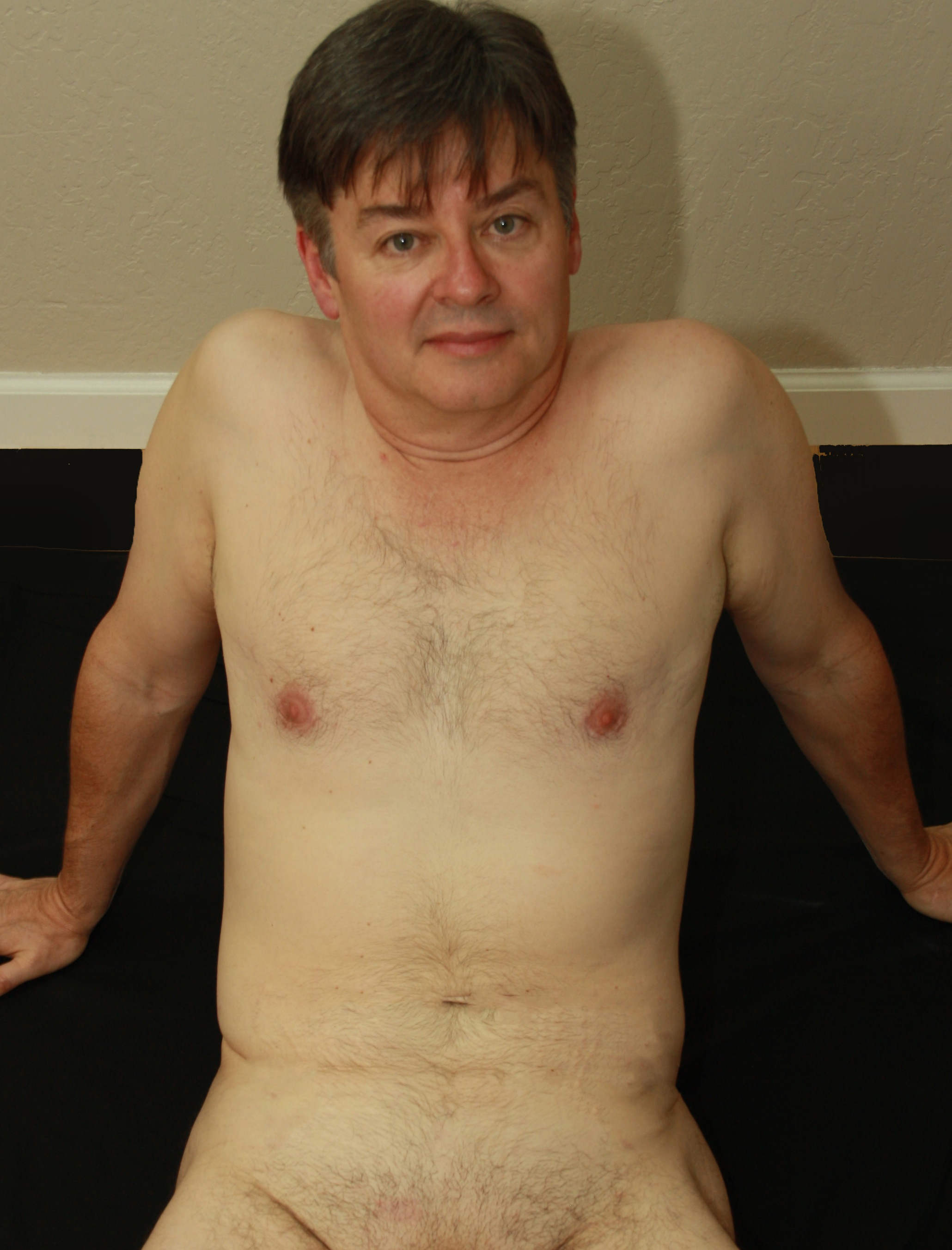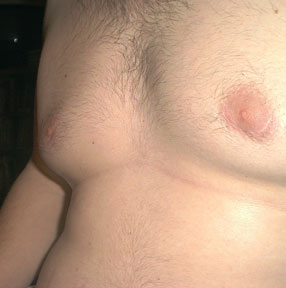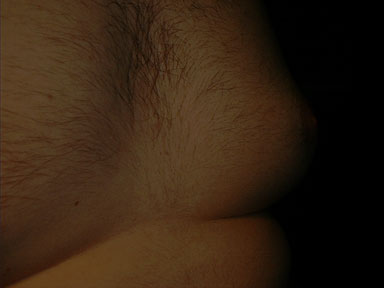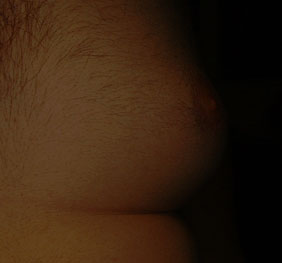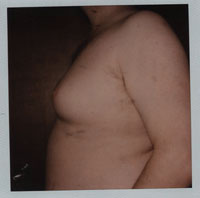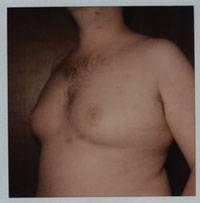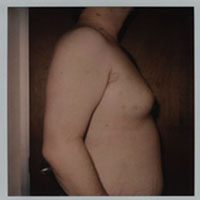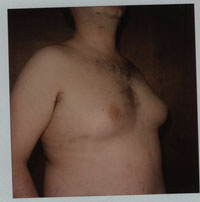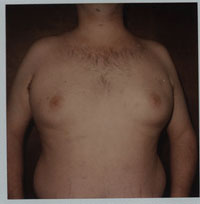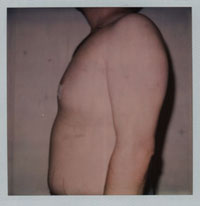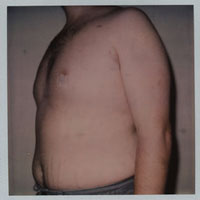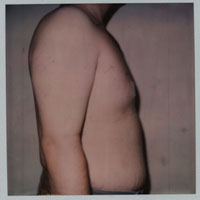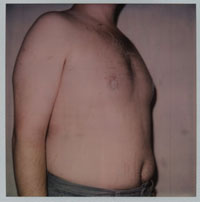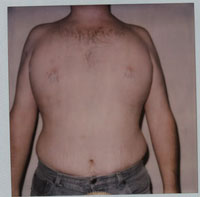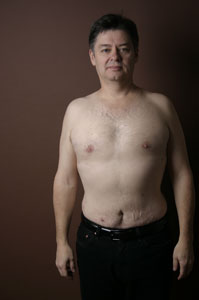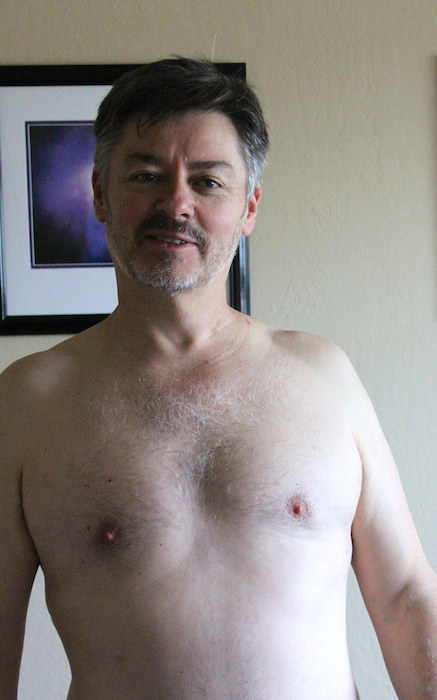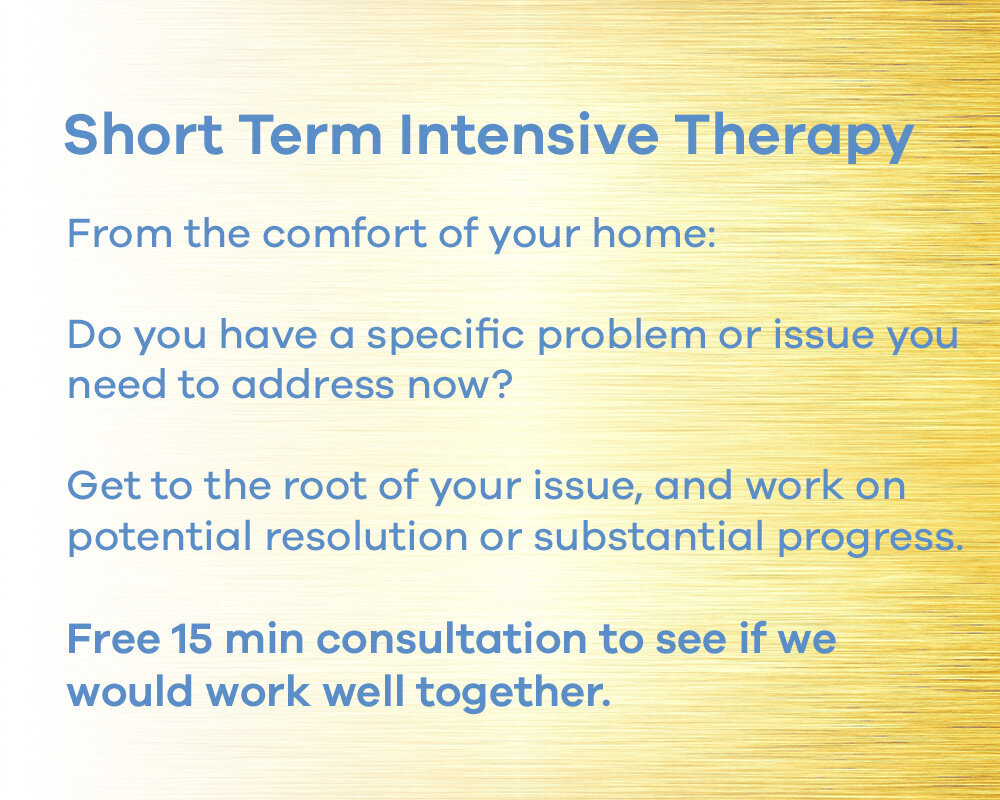Real Self-Care
/Self-care is a constant topic of conversation, although we may not have enough time for it. There are the usual suggestions of getting a massage, walking in nature, or having a cocktail at the end of the day. We might meditate or pursue some other kind of spiritual practice, all with the idea of getting some self-care in our world that is always about others.
All of these ideas are great, as far as they go. Real self-care is how you take care of yourself while engaged in your life, rather than dealing with the aftermath. Real self-care means not merging with others, yet having genuine empathy and compassion. Self-care is about not taking on anything energetically from others, so that at the end of the day, you have nothing to “get rid of”— because you did not absorb it during the process of being with them.
Merging with another person, often in our socialization, is seen as a good thing. We are taught in our culture that it is the best way to feel empathy and to know what the other is feeling. In reality, it is intrusive. First, we cannot truly know another’s experience. We can relate, we may have walked a similar path, but knowing someone is upset or in pain and trying to share that with you should be enough. Second, as humans, our job is to witness with compassion, not merging with the other person and thinking we know their feelings.
A Better Way
The first step is to stay inside of our bodies. The task is to recognize what you are experiencing emotionally and physically — so that when you begin to pick up the energetic experiences of others, you are able to distinguish what is you and what is them. This requires being inside of yourself and practicing at identifying the difference between you and others.
The second step is to have a strong sense of your “energetic bubble”. Everything in the universe is energy. That cup you use, the car you drive, and your hand are all examples of energy put together in different forms that we recognize. Each of us has an electromagnetic field outside and around ourselves. This life force is also described as Qi. Becoming hyper-aware of that bubble is the first step to owning your space and being able to understand what is happening around you — by simply being conscious of your bubble.
How would it be possible to keep this constant awareness? It feels like it would take all of our attention if we were thinking about this all the time. We could say the same thing, however, about breathing. We need to breathe constantly. If we don’t breathe, we die. So you must be hyperaware of each breath, or you would stop breathing. Of course, breathing is automatic. Most of the time we don’t have to think about it. When we do, something is wrong, or at the very least deserves our attention.
The same is true with our bubble. It is just part of us. Staying inside of it allows us to hear an alert that signals to us that something is amiss. This happens when we choose to tune in to take the emotional temperature of a person or room. With practice, it can also alert us to danger, before we tune into a specific person or energy. The process is just like breathing. It becomes automatic once we are aware of it and understand how it works.
How Do We Keep Our “Bubble” Solid?
Unfortunately, childhood, for most people, does not offer great experience for learning boundaries. For many, as children, we experienced whatever limits and boundaries we tried to establish being torn down and trampled. Too often, parents intrude on their children and use them to meet the parent's needs. No one gets through childhood unscathed. Childhood is not designed that way. The task of parenting is to help a child navigate those painful experiences, so that the child has the tools and confidence to explore the world successfully. Not many parents succeed completely at understanding their roles and carrying them out.
Parents who are the source of the unresolved pain in their child’s lives are what cause personality disorders and neurosis. Our own bodies’ beautifully designed system of electromagnetic energy, one that can protect and inform us, is often riddled with “holes” from the unresolved trauma of childhood and life. Instead of having this solid bubble, we have holes that leak out our energy, and where we have been socialized to allow in the energy of others. And if sufficiently triggered, a child part of our self, from some unresolved pain in our lives, will crawl out of one of those holes in our bubble and suddenly take charge of a situation or our life. There is nothing quite like a four-year-old self suddenly deciding they need to protect us from someone perceived as a threat, a threat that is sourced from pain from long ago. It would be easiest to see when someone overreacts to a situation, where the behavior seems to “come out of nowhere.” We have all been there, and we see it in others every day.
These “holes in our bubble,” in turn, make us vulnerable to taking on others’ energy. We begin to directly experience the other’s emotions and pain, in our own emotions and even in our own bodies. Yet it is their energy; it is not ours, and it should stay outside of you, not inside. This is not about being uncaring or unavailable, it can actually make the opposite happen. You are genuinely available and are a profound witness to another’s experience when you do not intrude on them or their experience. If you keep others “out”, and you “in”, at the end of the day, you are alive, full of energy, and ready to be fully present with your home life and loved ones. This feeling shouldn’t be something you only achieve after hours of decompression, solitude, or the requisite glass(es) of chardonnay. This is real self-care and it is available to anyone that learns this approach to energy management. Staying in your body, learning to read the environment from inside your bubble, is how you know what is happening outside of you.
Our task is to heal our own wounds, so we don’t leak out our own emotions and issues or take in the wounded energy of others. This would be a much better world for all of us if everyone could be aware of this process.
What Can I Do?
Most of us have had the experience of going home to visit our parents and regressing to a child state. Saying no to parents can be very difficult if not impossible. One technique of several, to use in that moment of trouble, is a figure eight visualization. This specific approach is from a book called Cutting the Ties that Bind by Phyllis Krystal
Imagine two hula hoops. Put yourself in one of them and put someone you are having trouble keeping “out of your bubble” in the other. The hula hoops should be adjacent but not overlapping. Turn the two hula hoops into neon and begin moving the energy between the hula hoops in the form of a figure eight. Starting in front of you, start by running the energy clockwise around them and then coming around, and then going counter-clockwise around you until it forms a figure eight. Continue doing this visualization until you begin to notice that you are breathing more naturally and have more mental clarity. I call this exercise a Disconnecting Figure 8.
You can make the energy field bands you are visualizing very tall, or very thick, whatever is necessary for you to feel safely separate from the other.
Another setting for this exercise can be at work. Bosses are often experienced as intrusive, and we frequently turn them into our parents. Using the figure eight will give you space to step back, breathe, and have a better picture of what is happening in the moment.
This technique will help you be better able to see the real person you’re dealing with. instead of a projection. Ghosts from the past, reflected by people in the present, can make us regress and be overwhelmed in the moment. In that moment of stress, healing that past is generally not an option. Having tools in your arsenal to help you deal with the situation is essential to be the best you can be in the here and now.
Figure eights can also be used on bad dreams, obsessive thoughts, and other intrusions where you need to create distance. By using this tool long enough, that “other” will simply dissipate or at least it will give you more distance and perspective to handle the situation in the moment.
Healing is a life-long process as we are constantly uncovering ‘new’ old stuff that needs to be addressed. Understanding and using strong, clear energy boundaries is real self-care. This allows us to re-orient ourselves, making the healing process easier and faster, and in turn, it makes life more enjoyable.
Try it. See the diagram below, as it may help to make sense of the visualization.
Merle Yost, LMFT
merleyost.com
unspokenboundaries.com
Merle Yost is the author of six books, the latest, Facing the Truth of Your Life and his current workshop is Unspoken Boundaries: Energy Hygiene for Everyone. He has retired from private practice but does short-term Intensives and adjunct EMDR.









